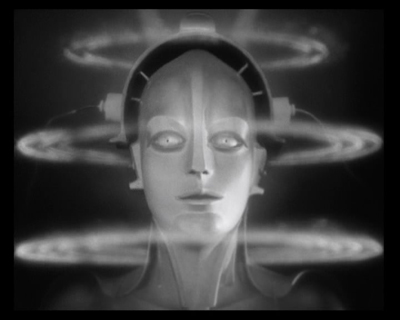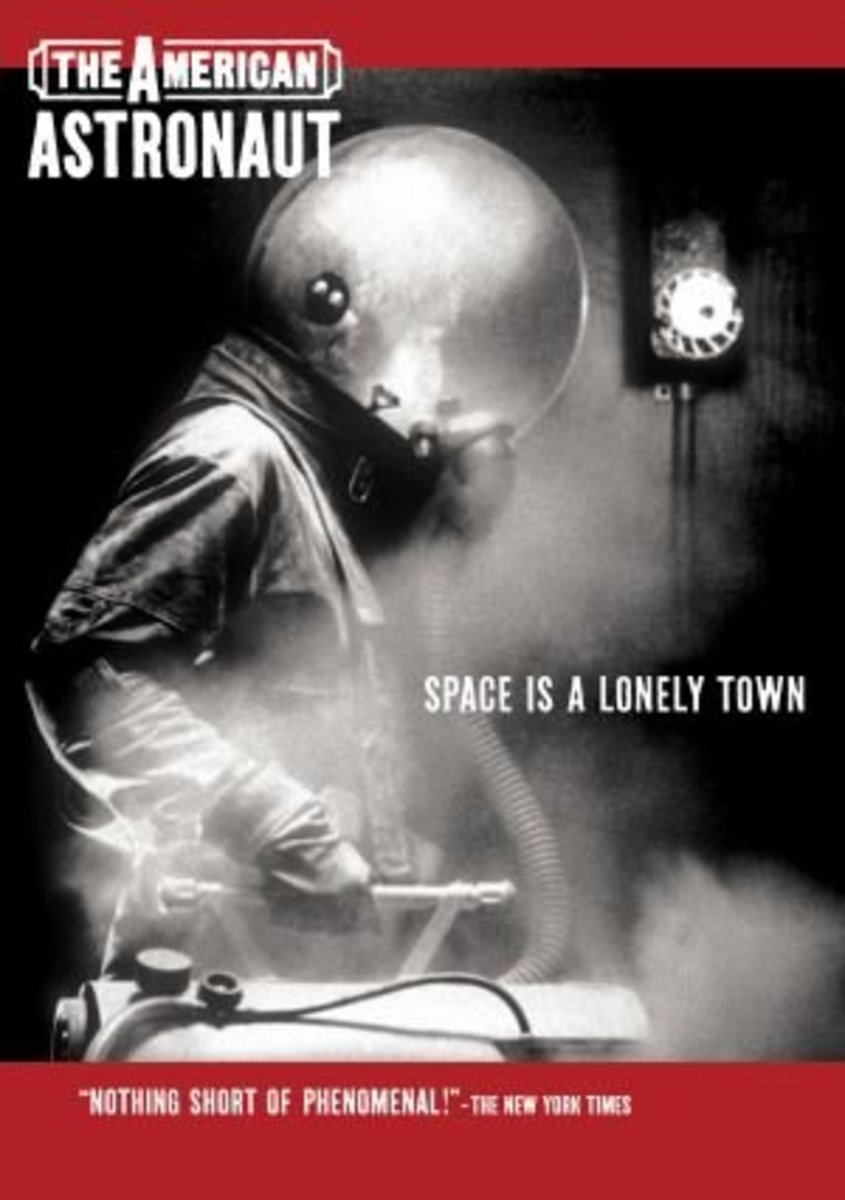German Cinema: What You Need to Know About the Silent Era

German Cinema 1912 - 1929
One of the most interesting things about early German cinema is that the work is so timeless that directors are still using techniques today and the movies are being featured as events worldwide. Not only has the restoration of Metropolis (Lang, 1927) highlighted the era’s staying power, but any Tim Burton film or any horror film you watch has been influenced heavily by this period. Here’s a short overview of German Cinema from 1912 through 1929.
The Emergence
Before 1912, German cinema was considered immoral and lowbrow entertainment, so the vast majority of the films shown were imports. To improve their reputation, film makers began to adapt well known novels and hired established authors to write the screenplays, creating the “Autorenfilm” or the author’s film. The most successful film of the period is The Student of Prague starring Conrad Veight (The Spy in Black). The film tells a Faust-esque story of a student who exchanges his mirror image for wealth. It marks a trend in early German cinema where fantasy is used to explore what film as an artistic form can do.
The Autorenfilm period only last a couple of years, with Germany switching to a star system where actors carry the film. Imports were still key until World War I and an influx of imported films with anti-German sentiment began to hurt the war effort. The result? German banned imported films in 1916. If you can’t beat them, shove them out and slam the door in their face.
Below is a trailer for The Student of Prague, a brilliant horror.
The Awakening
While the French were going through there Impressionist Period, the Germans were picking up the pieces after World War I. High in debt and morale low, the film industry saw a boon in film attendance. Why? People want to feel good during low points in their life and since movies were still a new medium, escaping into a new world was an important morale boost. Makes sense to me. I guess that would explain why Hardball (Robbins, 2001) was the number one movie for 3 weeks running after the tragedy of Sept 11th.
Instead, the Germans found two new and innovative ways of making movie features when no one had any money. One was to save on expensive set costs by using painters to paint backdrops and a single light source to save on electricity. The other was to limit to one or two sets and try to keep the focus on the actor so no one would pay attention to the shoddy sets. So that’s where German Expressionism and the Kammerspiel film were born.
German Expressionism
The film to start it all was Wiene’s The Cabinet of Dr. Caligari (1920) which stars Conrad Veight. It featured painted canvas backdrops, distorted building and walls and purposefully over the top acting. What stands out about German Expressionism is that it is so dark and morbid, yet so beautiful. It doesn’t try to be pretty, proportional or realistic in any way. In fact, it revels in its ugliness. How the impoverished Germans got a moral boost from them is beyond me, but they are fantasies based films removed from reality.
The two most famous of these films is Metropolis (watch the trailer below) and Nosferatu (1922), directed by F. W. Murnau.
A Review by DIYmyOmy
- Movie Review - Metropolis (1927 Germany)
This beautifully restored and remastered edition of 1927 classic Metropolis let's us see Fritz Lang's vision of the future as he intended us to do, and a scary future it is!
- Film Review of the Day: The Last Laugh
This is a film review for the silent film The Last Laugh by Murnau. Read about the movie, learn some interesting facts about the actor, director and era then watch a clip to decide for yourself.
Kammerspiel
On the other side of German Expressionism was Kammerspiel films, which were character based films that focused on intricate acting with little focus on setting. Kammerspiel means ‘chamber drama’ and refers to a small theater called Kammerspiele, which was small and built for intimate audiences. There was no desire for the regular extreme expressions and acting, which was the ideal for silent film. ‘Real’ acting was preferred and exaggerated performances (like those shown in Singing in the Rain or any movie starring William Shatner) were not utilized.
Though there were less of these films made, most are considered classics of German cinema. This includes Shattered (Pick, 1921) and The Last Laugh (Murnau, 1924). The Last Laugh stars Emil Jannings who gives an incredible performance as the Hotel Porter who has been fired from his job.
The Rise of the Nazis marks the end of the Era
As time progressed and he Germans found themselves wanting to be at the same level as the ‘big dogs’ and they began producing films that were similar to the Hollywood machine. It didn’t help the Expressionism movement was looking dated and passé. The new look of the cinema began to flourish with the rise of the Nazis. The Nazi era of German cinema is a whole different matter altogether. It is enlightening, intriguing and way too long to go through now.







